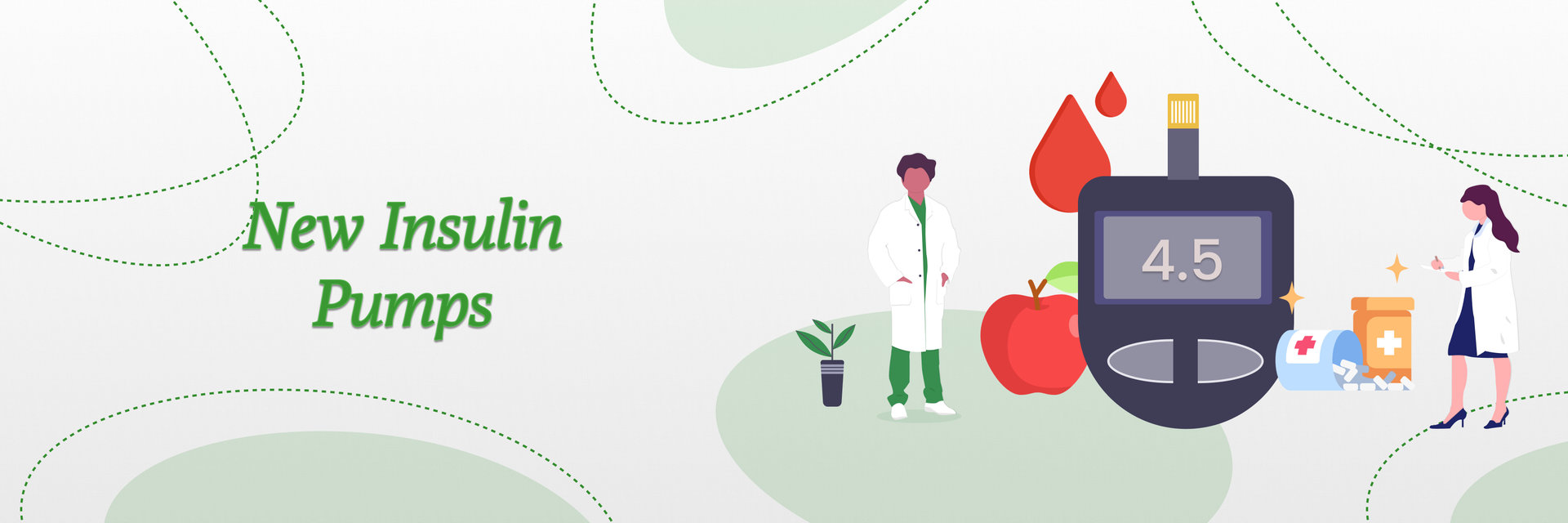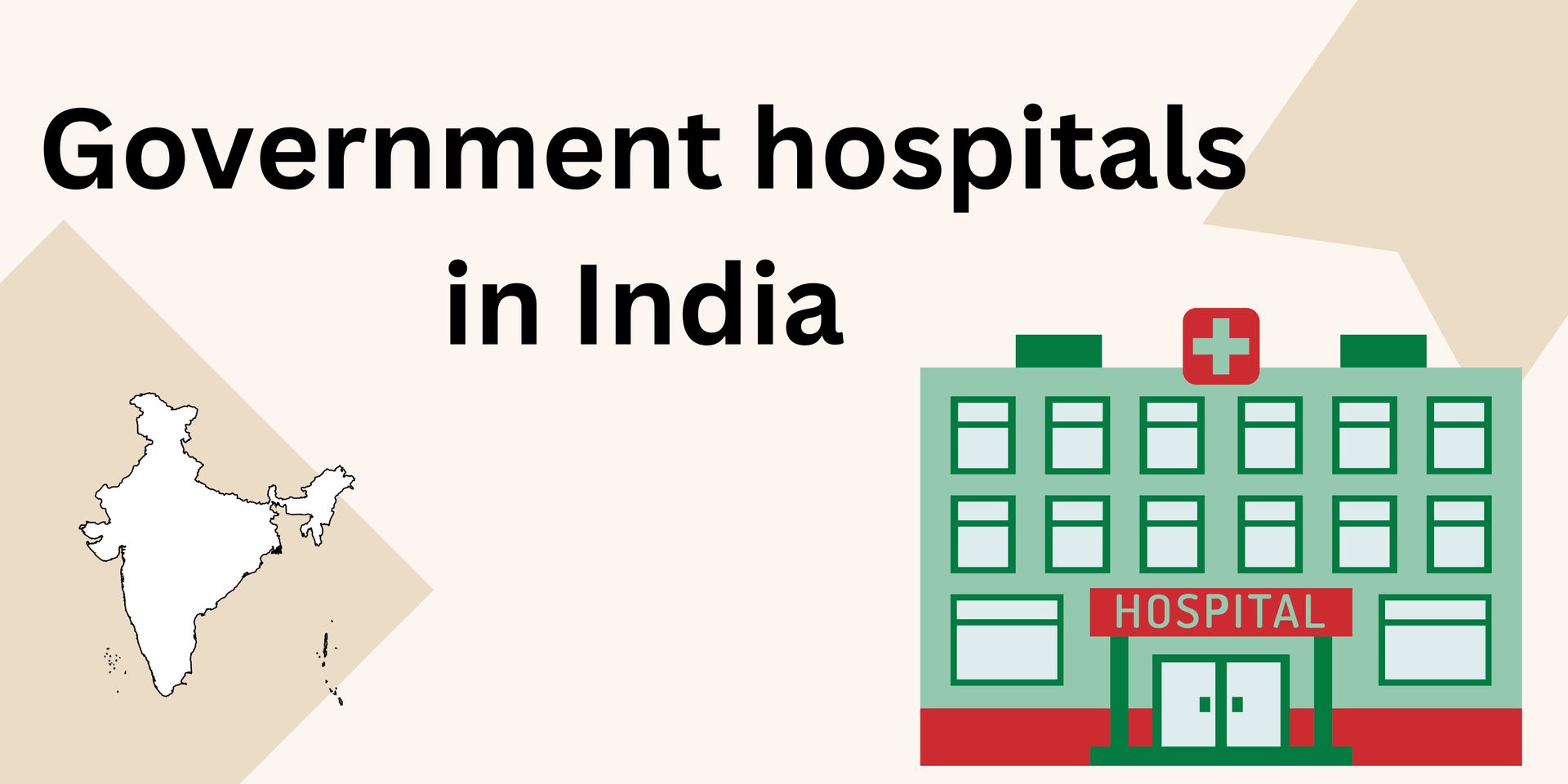
Vincenzo Sinisi - Psychoanalyst, Clinical Psychologist. Cape Town. After working as a clinical psychologist in South Africa for over 20 years, He has seen more than a fair share of trauma and its aftermath. Yet one thing still manages to surprise him: how many people underestimate its impact.
Trauma is a complex and often invisible force that reshapes lives in ways people don’t fully appreciate. It affects how we see ourselves, how we relate to others, and even how we feel as we cross the street or walk the dog.
Trauma is a complex and often invisible force that reshapes lives in ways people don’t fully appreciate. It affects how we see ourselves, how we relate to others, and even how we feel as we cross the street or walk the dog.
The Mind – Psychological Reactions to Trauma
If you have ever experienced trauma and were unfortunate enough to have trauma reactions follow, you know how little control or ability to predict we have over how we respond, both at the event and after.
Trauma can deeply affect your mind, throwing you into cycles of hypervigilance, feeling constantly on edge as though danger could strike at any moment. This state of constant alertness impacts relationships is exhausting, and turns everyday events, like walking to the park, into high-stress activities.
Paradoxically, trauma can also cause sensations of emotional numbness or dissociation—feeling disconnected from yourself, your emotions, or even the world, especially at the moment of initial impact.
But it doesn’t stop there. Intrusive thoughts and flashbacks can drag on well beyond the immediate aftermath. Innocuous things—like a smell, a sound, a color, or even a passing image—can spark intense emotions and vivid memories of the event.
At their worst, you feel as if the trauma is happening now, ripping you from the present into an eternally present past.
Fortunately, for most people, these very normal reactions (Acute Stress Disorder) to abnormal events pass within days or weeks. But in 20 – 50% of cases, they endure into Post-Traumatic Stress Disorder (PTSD) and severely disrupt day-to-day living and relationships (Ehlers et al., 2013; Foa & Rothbaum, 1998).
But healing is possible, and we will get to this in a bit.
Physiological Reactions to Trauma
Traumatic experiences aren’t only felt on a psychological level; they leave observable changes in the brain. The lasting changes people experience after trauma are, with the right scanners (MRI, PET), visible as changes in the body (hippocampus, amygdala, and prefrontal cortex) too.
During intense trauma, the body’s natural fight-or-flight response floods your system with stress hormones like cortisol. This protects you by making you more alert and ready to respond to danger, but it also disrupts normal processes like memory function.
Afterward, your body can remain stuck in a state of stress, unable to return to calm, and prone to ongoing physical symptoms like headaches, muscle pain, and digestive issues (Cusack et al., 2016; Powers et al., 2010).
Common Trauma Response Patterns
Extreme situations drive individuals into automatic survival patterns. Fight, flight, freeze, and fawn—these are ingrained mechanisms meant to protect you from immediate danger.
However, if they become habitual, they interfere with daily life, relationships, and even your sense of self.
Recognizing these as trauma responses, no longer relevant or useful for survival, is the first step to healing and can help you break free from their grip. They no longer serve you; the immediate danger has passed.
Healing from Trauma: What Can You Do?
Trauma’s effects can be intense and pervasive; however, healing from PTSD through therapy and self-care is possible.
Trauma-Focused Cognitive Behavioral Therapy (TF-CBT) and Eye Movement Desensitization and Reprocessing (EMDR) are widely used treatments to reduce trauma symptoms.
CBT works by helping individuals identify and challenge distorted thoughts about the trauma, while EMDR assists in unblocking and reprocessing traumatic memories so they feel like the past and hold less emotional power (Foa & Rothbaum, 1998; Cusack et al., 2016).
Contemporary psychoanalytic therapy can also be helpful, not with immediate symptoms but in cases where trauma is rooted in early life experiences or deep-seated unconscious conflicts.
Psychoanalysis remains scientifically relevant, particularly for those with complex trauma histories or relational issues (Solms, 2018), helping survivors explore hidden layers of their experience.
Beyond professional therapy, reconnecting with your body through mindfulness or grounding techniques is invaluable. These practices help calm the nervous system, bring you back into the present moment, and allow you to regain a sense of safety in your own body.
Last, but certainly not least, building a strong support system of trusted individuals is vital. Trauma often isolates people, so actively seeking a network where you feel safe and supported is a powerful and important step in the healing process (Powers et al., 2010).
Key Takeaways:
- Trauma deeply affects both mind and body.
- Psychological symptoms include hypervigilance, dissociation, and PTSD.
- Physical symptoms often manifest as chronic stress, pain, and fatigue.
- Trauma can trap individuals in survival-mode responses like fight, flight, freeze, and fawn.
- Healing is possible with professional support through CBT, EMDR, and self-care practices.
Vincenzo Sinisi | Psychoanalyst, Clinical Psychologist. Cape Town.
https://www.linkedin.com/in/vincenzo-sinisi/







